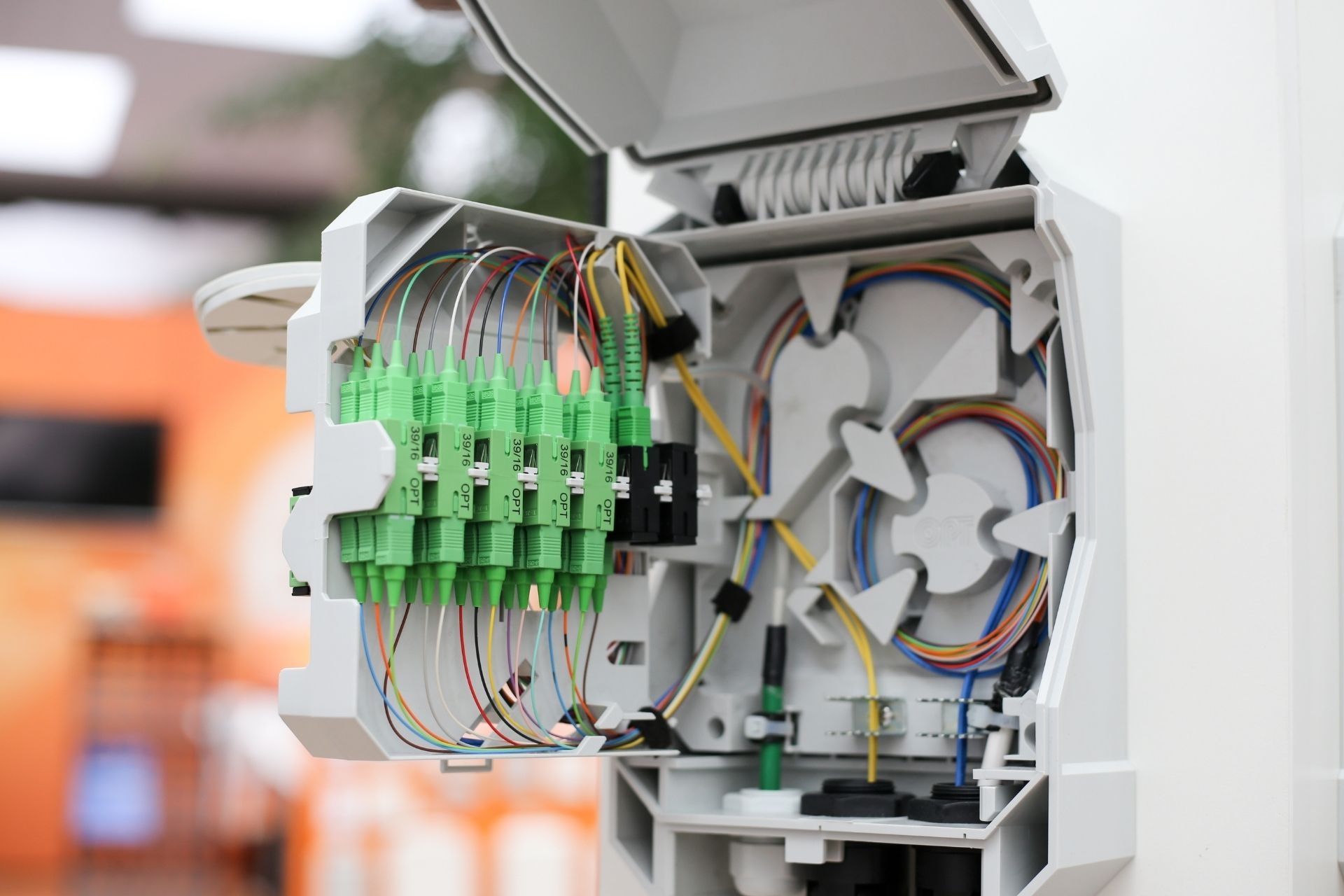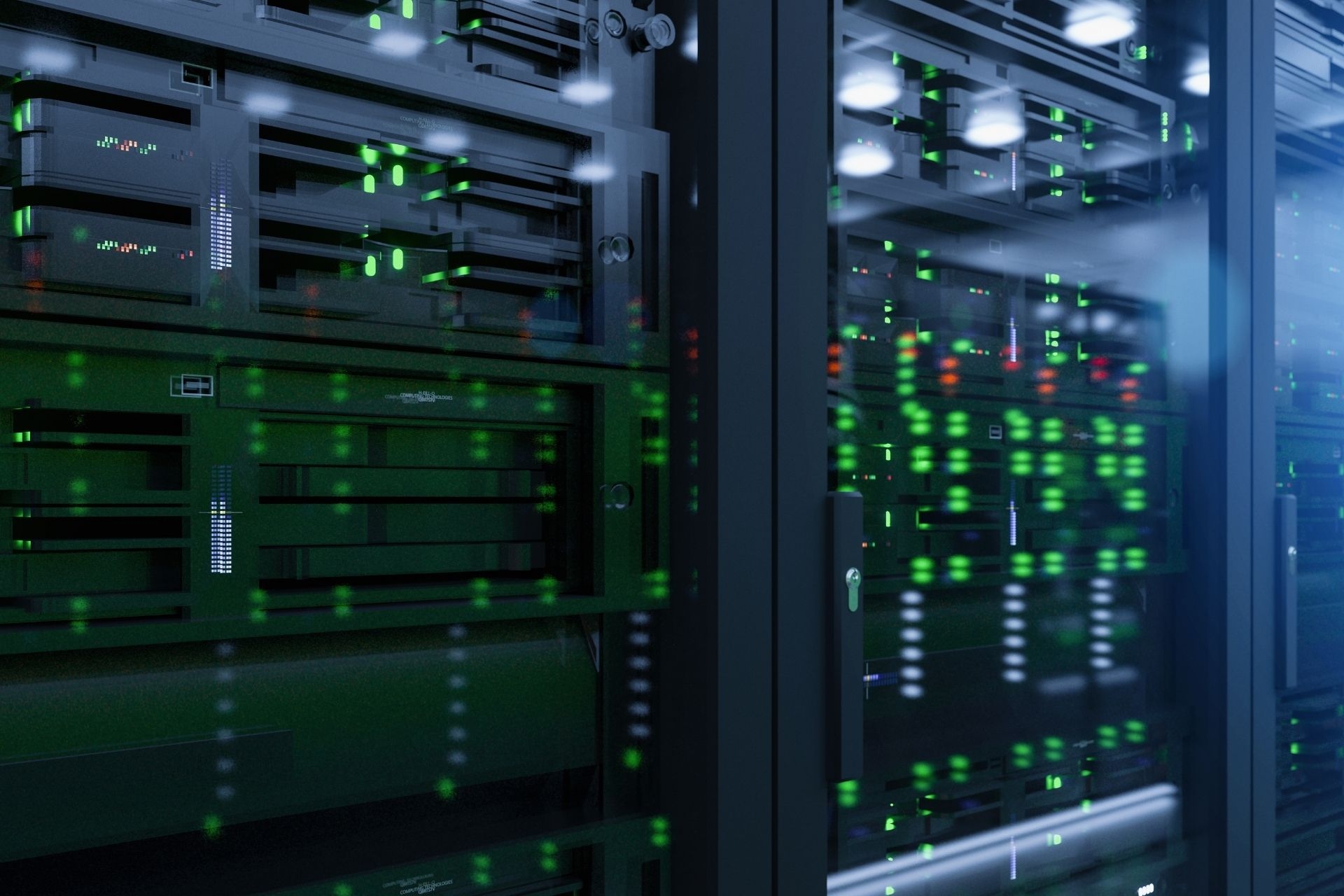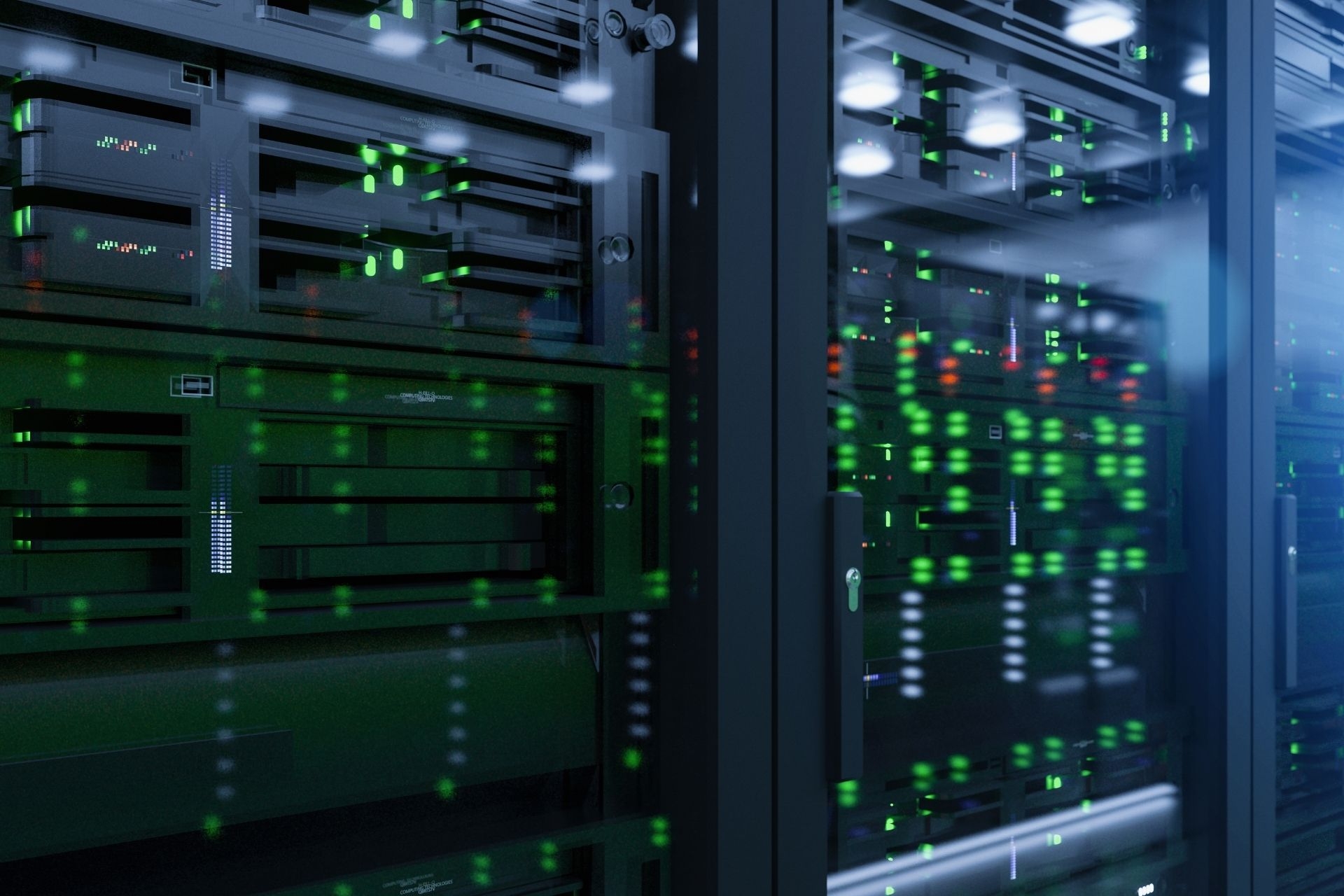

Fiber-to-the-Home (FTTH) differs from other types of broadband connections in that it utilizes fiber optic cables to transmit data at incredibly high speeds. This technology allows for faster and more reliable internet connections compared to traditional cable or DSL connections. FTTH is known for its ability to deliver symmetrical speeds, meaning that the upload and download speeds are the same, providing a more consistent and efficient internet experience.
MDU Internet Infrastructure Used Currently For Commercial Applications in 2024
The advantages of having FTTH in terms of internet speed and reliability are significant. FTTH can provide speeds of up to 1 gigabit per second, allowing for seamless streaming, gaming, and downloading. Additionally, fiber optic cables are less susceptible to interference and signal degradation, resulting in a more stable and reliable connection. This makes FTTH ideal for households that require high-speed internet for multiple devices and activities.
This post was collaboratively written by four members of our team with a combined 70 years in the cable industry, having worked at the top Cable Companies in the country and having left that industry over the last two years due to the issues described below. Cable companies will want to sell you bulk modems for your multi-tenant property. Why?

Posted by on 2022-12-21
FTTH can support multiple devices simultaneously without a decrease in performance. The high bandwidth capacity of fiber optic cables allows for efficient data transmission to multiple devices at once. This means that households with numerous connected devices, such as smartphones, tablets, smart TVs, and computers, can all enjoy fast and reliable internet access without experiencing any slowdowns or lag.

The installation process of FTTH differs from traditional cable or DSL connections in that it requires laying fiber optic cables directly to individual homes. This process can be more labor-intensive and time-consuming, as it involves digging trenches or using existing utility poles to install the cables. However, the long-term benefits of FTTH, such as faster speeds and increased reliability, make the installation process worth the effort.
While FTTH offers numerous benefits, there are potential drawbacks and limitations to having it installed in a residential area. One limitation is the initial cost of installation, which can be higher than other types of broadband connections. Additionally, the availability of FTTH may be limited in certain areas, depending on the infrastructure and resources required to implement fiber optic cables.

Common misconceptions about FTTH include the belief that it is only necessary for businesses or tech-savvy individuals. In reality, FTTH can benefit households of all sizes by providing fast and reliable internet access for everyday activities. Another misconception is that FTTH is too expensive for residential use, but the long-term savings on internet bills and the improved quality of service make it a worthwhile investment for many homeowners.
FTTH contributes to the overall development of smart homes and smart cities by providing the high-speed and reliable internet connectivity needed for advanced technologies to function efficiently. Smart home devices, such as security cameras, thermostats, and appliances, rely on a stable internet connection to communicate and operate effectively. In smart cities, FTTH enables the implementation of smart infrastructure, such as traffic management systems, energy-efficient lighting, and public Wi-Fi networks, to enhance the quality of life for residents and improve overall sustainability.

When connecting MDUs to cloud service providers, several considerations must be taken into account to ensure a seamless and efficient integration. Factors such as bandwidth requirements, network infrastructure, security protocols, scalability options, data migration processes, and service level agreements need to be carefully evaluated. It is essential to assess the compatibility of the MDU's existing hardware and software with the cloud services being implemented, as well as the potential need for upgrades or modifications. Additionally, considerations should be made regarding data privacy, compliance with industry regulations, disaster recovery plans, and ongoing technical support. By addressing these various aspects, MDUs can successfully leverage cloud services to enhance their operations and provide better services to their residents.
MDU internet providers typically handle service upgrades and migrations by first assessing the current infrastructure within the multi-dwelling unit (MDU) to determine the best course of action. This may involve upgrading equipment, increasing bandwidth capacity, or implementing new technology to improve service quality. Providers may also work closely with property managers and residents to communicate any changes or disruptions that may occur during the upgrade process. Additionally, providers may offer migration services to seamlessly transition customers to new service plans or technologies without interruption. Overall, MDU internet providers prioritize efficient and effective upgrades and migrations to ensure customer satisfaction and retention.
When designing in-building internet infrastructure for MDUs, several primary considerations must be taken into account. These include the layout and size of the building, the number of units within the building, the existing wiring and cabling infrastructure, the desired internet speeds and bandwidth requirements, the potential for interference from neighboring networks, the need for scalability and future expansion, the type of internet connection (fiber, cable, DSL, etc.), the location of access points and routers, the security measures in place to protect the network, and the overall cost of installation and maintenance. By carefully considering these factors, designers can create a robust and reliable internet infrastructure that meets the needs of residents in MDUs.
Network Interface Devices (NIDs) play a crucial role in managing internet access in Multi-Dwelling Units (MDUs) by serving as the point of demarcation between the service provider's network and the internal wiring of the building. NIDs help regulate and control the flow of data, ensuring that each unit within the MDU receives the appropriate bandwidth and quality of service. By monitoring and troubleshooting network issues, NIDs help maintain a stable and reliable internet connection for residents. Additionally, NIDs can provide security features such as firewall protection and access control, safeguarding the network from potential threats. Overall, NIDs are essential components in managing internet access in MDUs, optimizing performance and enhancing the user experience for residents.
In MDU environments, network downtime and service disruptions are minimized through the implementation of redundant systems, proactive monitoring, regular maintenance, and efficient troubleshooting protocols. By utilizing fiber-optic technology, load balancing techniques, and failover mechanisms, property managers can ensure uninterrupted connectivity for residents. Additionally, the use of network management software, remote diagnostics, and automated alerts help identify and address issues before they escalate. Collaborating with reliable service providers, conducting periodic audits, and investing in scalable infrastructure also contribute to the overall resilience of the network in MDU settings. By prioritizing reliability, performance, and security, property owners can create a seamless and dependable network experience for their tenants.